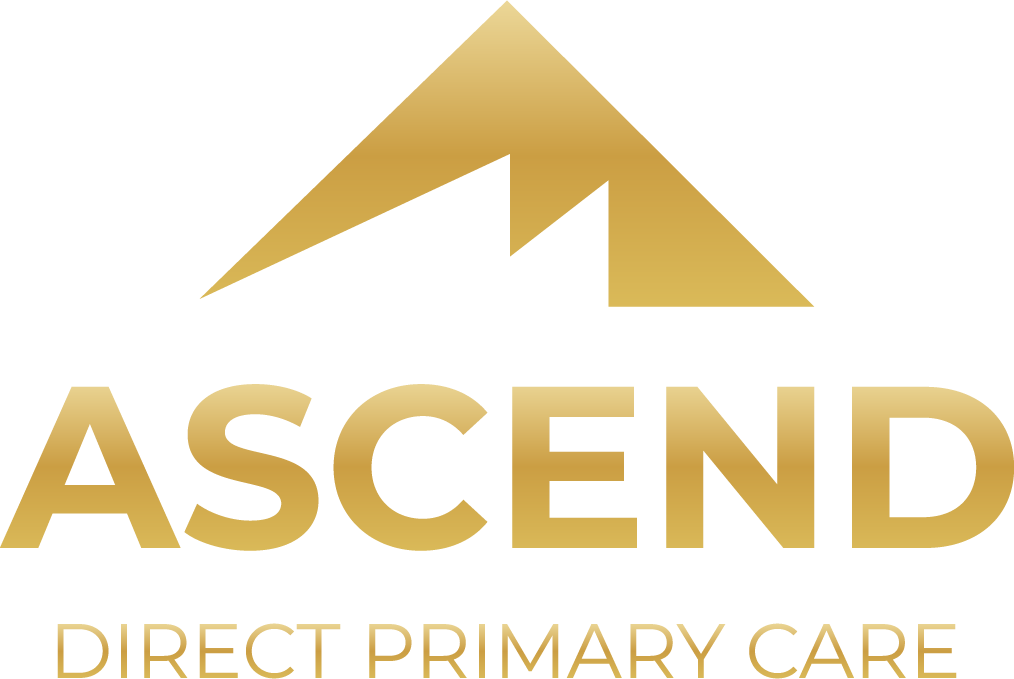Explore the pivotal role of primary care in reducing overall healthcare costs and improving patient outcomes. Understand how consistent, preventive, and personalized healthcare can lead to significant financial savings. Primary care serves as the frontline defense against potential health issues, addressing concerns before they escalate into costly problems. By prioritizing regular visits to primary care physicians, individuals can effectively manage their health proactively, minimizing the need for specialized and often expensive interventions. This approach not only fosters individual well-being but also contributes to the broader goal of reducing national healthcare expenditures.
The Economic Impact of Preventive Care
Reducing the Need for Expensive Specialist Visits
Preventive care through primary medical services significantly cuts down on the reliance on expensive specialists. By effectively managing common health issues at the primary level, patients can avoid unnecessary referrals to specialists, which come with higher fees. Regular checkups help in the early identification and management of health concerns that, if left unchecked, could require specialist intervention. According to Forbes, a study found that U.S. adults who regularly visit a primary care doctor spend 33% less on healthcare. Reduced specialist visits translate to substantial savings for both patients and the healthcare system at large.
Averting Emergency Room Visits
Emergency room visits are notoriously expensive and often result from preventable conditions that could have been managed effectively in a primary care setting. With regular primary care appointments, potential health crises can be anticipated and mitigated, thus reducing the likelihood of emergency interventions. Primary care physicians play a crucial role in educating patients about recognizing early warning signs and seeking prompt treatment. This proactive approach not only conserves financial resources but also alleviates the burden on emergency services. Consequently, this leads to a more balanced and cost-effective healthcare system.
Decreasing Hospitalization Rates
Consistent primary care can lead to a marked decrease in hospitalization rates, which are significant cost drivers within the healthcare system. By monitoring and managing chronic conditions, primary care prevents the exacerbation of these conditions that often result in hospital admissions. Effective outpatient care, aimed at stabilizing patients’ health, minimizes the risk of acute episodes requiring hospitalization. This continuous management and monitoring ensure better resource utilization while safeguarding patients from the high costs associated with hospital stays. The financial implications of decreased hospitalization are profound, benefiting both individuals and healthcare providers.
Improving Long-Term Health Outcomes
Primary care interventions are pivotal in promoting long-term health outcomes, which directly correlate with reduced healthcare costs. By prioritizing preventive measures and regular health assessments, primary care strategies enhance patient longevity and quality of life. These positive health outcomes minimize the need for intensive medical interventions, subsequently reducing healthcare spending. Additionally, individuals who engage in ongoing primary care are less likely to develop severe health issues, thereby avoiding the substantial costs associated with advanced treatment stages. Therefore, investing in primary care translates into significant financial savings over time.
Lowering Medication Costs
Primary care physicians can help in managing and reducing the cost burden of medications through careful prescription practices. With thorough understanding and monitoring of patients’ medication regimens, these healthcare professionals can recommend affordable alternatives or generic options. Preventive strategies and lifestyle adjustments can also decrease dependence on medications. This proactive approach not only ensures patients receive necessary treatments but does so in a cost-effective manner. Over time, these savings on medication contribute cumulatively to lower personal and systemic healthcare expenditures.
Enhancing Patient-Provider Relationships
Ensuring Continuity of Care and Cost Savings
Continuity of care is a core principle of primary care that significantly contributes to cost savings. By developing ongoing relationships with patients, primary care doctors gain comprehensive insights into their health histories, enabling more accurate diagnoses and treatments. This rapport reduces the need for repetitive and costly tests, as there is a shared understanding of the patient’s health trajectory. It has been shown that U.S. adults who regularly see a primary care doctor spend significantly less on healthcare. This continuity not only fosters trust but also leads to more efficient and personalized care delivery, which ultimately cuts costs.
Providing Personalized Healthcare Plans
In primary care, personalized healthcare plans are designed to cater to the unique needs of each patient, promoting better health outcomes and reducing unnecessary expenses. These tailored plans emphasize prevention and manage existing health issues effectively, optimizing the use of healthcare resources. Personalized attention and targeted interventions ensure patients receive only necessary and appropriate care, which minimizes financial waste. Primary care's focus on personalized care plans supports individuals in adopting healthier lifestyles, thus reducing the incidence of costly medical conditions. Consequently, patients benefit from sustained health improvements and financial savings.
Implementing Comprehensive Health Monitoring
Comprehensive health monitoring in primary care facilitates early identification and management of health issues, which can lead to considerable financial savings. Regular assessments allow primary care physicians to detect problems at an early stage, preventing the need for expensive and invasive procedures down the line. This continuous oversight ensures that health interventions occur at the most opportune times, optimizing effectiveness. Moreover, comprehensive monitoring reduces the risk of complications arising from undetected conditions, further minimizing healthcare costs. Ultimately, this vigilance serves both patients’ health interests and financial well-being.
Building Trust and Communication Benefits
Trust and effective communication between patients and primary care providers are essential components of cost-effective healthcare. When patients trust their providers, they are more likely to adhere to medical advice, attend regular checkups, and promptly report health changes, which allows for timely and cost-effective interventions. Open lines of communication also ensure that patients feel heard and understood, reducing the frequency of unnecessary tests and treatments. Establishing a collaborative environment promotes informed decision-making, leading to more judicious use of healthcare resources. Over time, these interactions contribute to improved health outcomes and reduced medical expenses.
Encouraging Better Decision-Making and Cost Efficiency
Primary care settings prioritize informed decision-making, directly impacting cost efficiency in healthcare. By engaging in shared decision-making, patients are better equipped to make choices that align with both their health goals and financial constraints. This collaborative approach encourages patients to consider evidence-based options, ensuring the most effective and financially sound treatments are chosen. Empowered with knowledge, patients can avoid unnecessary and costly healthcare services. As a result, this leads to more efficient resource utilization and overall cost reduction.
Primary Care and Chronic Disease Management
Preventing Disease Progression
Primary care’s focus on preventing disease progression is critical in managing chronic conditions and avoiding costly healthcare interventions. Regular monitoring ensures that any changes in a patient’s condition are addressed promptly, reducing the likelihood of complications. By stabilizing chronic illnesses, primary care providers minimize hospital visits and the need for specialized treatments. Effective management of chronic diseases through primary care contributes to decreased healthcare spending. This strategy is not only financially beneficial but also improves patients’ quality of life, enabling them to lead healthier, more fulfilling lives.
Minimizing Complications
Minimizing complications through proactive primary care management significantly reduces healthcare costs. Primary care providers are skilled in overseeing complex care plans that address multiple facets of a patient’s health, helping to avoid adverse events. These primary care physicians implement preventive measures that diminish the risk of acute episodes, which often necessitate expensive medical procedures. By maintaining stability in patients’ health, primary care diminishes the chances of costly complications. This reduction in unforeseen medical expenses ultimately benefits both individual patients and the healthcare system as a whole.
Primary care is an indispensable asset in the quest for an economically efficient and sustainable healthcare system. By focusing on preventive maintenance, chronic disease management, and the inclusion of technology, primary care catalyzes cost savings while delivering high-quality patient outcomes. Its pivotal role in reducing overall healthcare costs is underscored by enhanced patient-provider relationships and comprehensive health services designed to prevent costly interventions. The findings highlight the potential financial advantages of engaging in regular primary care services. If you or your family need primary care physicians, make sure to contact Ascend Direct Primary Care today!





Share On: